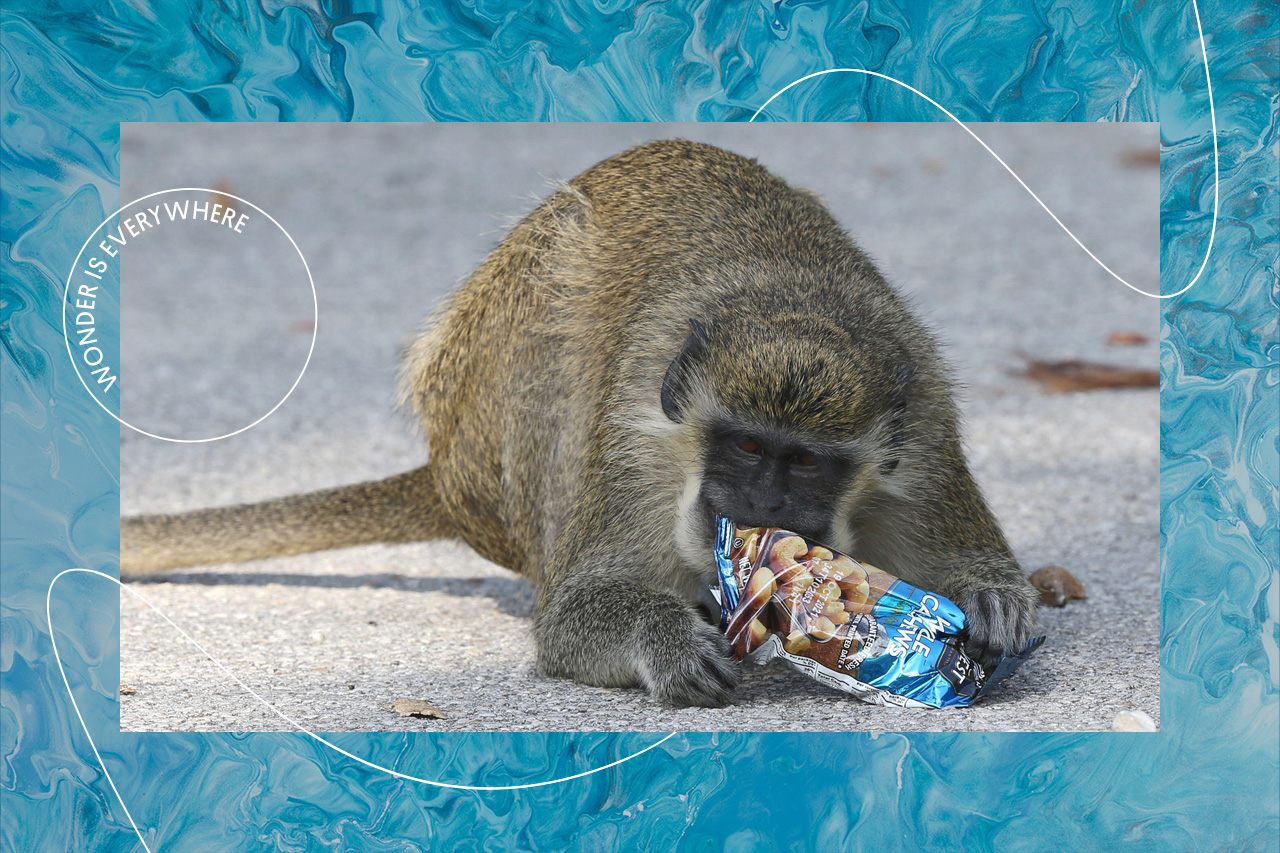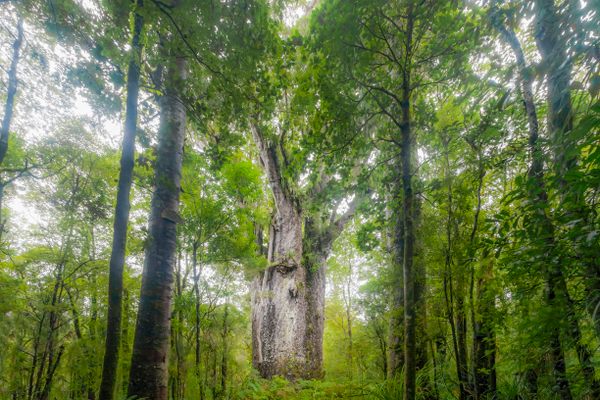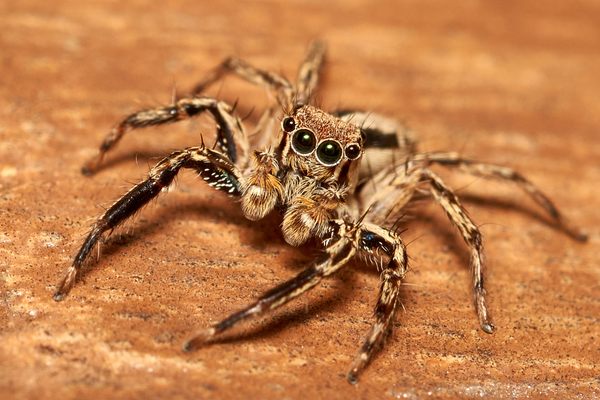Wonder Is Everywhere: An Accidental Mummy, a Murdered Tree, and More From Around the Web
Get a peek into what we’re obsessed with right now.
Wonder is everywhere. That’s why, every other week, Atlas Obscura drags you down some of the rabbit holes we encounter as we search for our unusual stories. We highlight surprising finds, great writing, and inspiring stories from some of our favorite publications.

Why Does Florida Have So Many Invasive Species?
by Benji Jones, Vox
Florida has become a zoo, journalist Benji Jones says. So he set off on an unusual safari to find vervet monkeys, native to southern and eastern Africa, near the Fort Lauderdale airport; an enormous Argentine black-and-white tegu, a reptile that typically calls eastern South America home, in the yard of a gated community in Miami; and blue and gold macaws, birds usually spotted in central South America, a few minutes from his hotel. Several hundred nonnative animal species now live in Florida. What should be done?
The Sharks That Lived in a Golf Course Pond for 20 Years—Then Disappeared
by Richard Pallardy, LiveScience
In the 1990s, a group of juvenile bull sharks were stranded in a relatively small pond on the Carbrook Golf Club, southeast of Brisbane, Australia, by receding flood waters. They thrived for two decades and then vanished. Researchers are trying to explain the unexpected life and death of these creatures.
Burying “Stoneman Willie,” the Accidental Mummy
by Leo Sands, Washington Post
In 1895, an anonymous man who stood accused of theft died in Reading, Pennsylvania. A mortician experimenting with the relatively new art of arterial embalming accidentally mummified the corpse, which has been a cult curiosity in the city ever since. But now researchers have uncovered the man’s real identity—James Murphy—and the community has given him a proper burial.

Satellites Show More Mysterious Fairy Circles
by Rachel Neuer, The New York Times
Scientists have long debated the origin of the barren rings of earth known as “fairy circles” found from Angola to South Africa and, according to some, in Australia. Now satellite images suggest the unexplained phenomenon may be far more widespread, with 263 sites in 15 countries across three continents.
The “Enchanting” Electric Blue Tarantula Discovered in Thailand
by Margaret Osborne, Smithsonian Magazine
The newly named Chilobrachys natanicharum, the only tarantula ever found in Thailand’s mangrove forests, is a standout: Its back, legs, and mouth are painted a shimmering blue—the rarest color in nature. It’s “mesmerizing,” says one researcher.

Investigating the “Murder” of the Sycamore Gap Tree
by Jack Simpson, Telegraph
For 300 years, the sycamore stood alongside Hadrian’s Wall in Henshaw, England—until last month, when an unknown vandal chopped down the iconic tree. Now CSI is on the scene in hope of finding the culprit.
The Mystery of the Tarot Cards
by Deborah Cannarella, Yale Library
When the elaborate tarot cards in the collection of the Beinecke Rare Books and Manuscript Library were produced in 15th-century Italy, they would have been used for a popular card game. The role of tarot in fortune telling did not emerge for several more centuries—but scientists and historians are showing that these cards are a window to the past.


































Follow us on Twitter to get the latest on the world's hidden wonders.
Like us on Facebook to get the latest on the world's hidden wonders.
Follow us on Twitter Like us on Facebook